Rising Demand for Remote Diagnostics
The digital pathology market is witnessing a notable increase in demand for remote diagnostics, particularly in the GCC region. This trend is largely driven by the need for timely and accurate diagnoses, especially in areas with limited access to specialized pathology services. The ability to share high-quality digital images among healthcare professionals enables faster decision-making and enhances collaboration. As a result, the market is projected to grow at a CAGR of approximately 10% over the next few years. This shift towards remote diagnostics is not only improving patient care but also optimizing resource allocation within healthcare systems. Consequently, the digital pathology market is becoming an essential component of modern healthcare infrastructure, addressing the challenges posed by geographical barriers.
Technological Advancements in Imaging
The digital pathology market is experiencing a surge in technological advancements, particularly in imaging techniques. Innovations such as high-resolution scanners and advanced image analysis software are enhancing diagnostic accuracy and efficiency. In the GCC region, the adoption of these technologies is expected to grow, driven by the increasing demand for precise pathology services. The market is projected to reach approximately $1.5 billion by 2026, reflecting a compound annual growth rate (CAGR) of around 12%. These advancements not only improve the quality of pathology services but also facilitate remote consultations, thereby expanding access to specialized care across the region. As healthcare providers invest in state-of-the-art imaging technologies, the digital pathology market is likely to witness significant growth, fostering better patient outcomes.
Growing Awareness of Personalized Medicine
The digital pathology market is increasingly influenced by the growing awareness of personalized medicine in the GCC region. As healthcare providers shift towards tailored treatment plans based on individual patient profiles, the demand for precise diagnostic tools is rising. Digital pathology enables pathologists to analyze tissue samples with greater accuracy, facilitating the identification of specific biomarkers. This trend is expected to drive market growth, with projections indicating a potential market size of $1.4 billion by 2026. The integration of digital pathology into personalized medicine not only enhances treatment efficacy but also improves patient outcomes. As stakeholders recognize the value of personalized approaches, the digital pathology market is likely to expand, aligning with the broader goals of modern healthcare.
Increased Investment in Healthcare Infrastructure
The digital pathology market is benefiting from increased investment in healthcare infrastructure across the GCC region. Governments and private entities are recognizing the importance of modernizing healthcare facilities to improve diagnostic capabilities. This investment is reflected in the establishment of advanced laboratories equipped with digital pathology systems, which enhance workflow efficiency and diagnostic accuracy. The market is anticipated to grow significantly, with estimates suggesting a value of around $1.2 billion by 2025. Enhanced infrastructure not only supports the adoption of digital pathology solutions but also fosters innovation in diagnostic practices. As healthcare systems evolve, the digital pathology market is likely to play a pivotal role in shaping the future of medical diagnostics in the region.
Collaboration Between Healthcare Providers and Tech Companies
The digital pathology market is witnessing an increase in collaboration between healthcare providers and technology companies in the GCC region. These partnerships are aimed at developing innovative solutions that enhance diagnostic processes and improve patient care. By leveraging technological expertise, healthcare providers can implement advanced digital pathology systems that streamline workflows and reduce turnaround times for diagnoses. This collaborative approach is expected to drive market growth, with estimates suggesting a CAGR of around 11% over the next few years. As these partnerships continue to evolve, the digital pathology market is likely to benefit from the integration of cutting-edge technologies, ultimately leading to improved healthcare delivery and patient satisfaction.


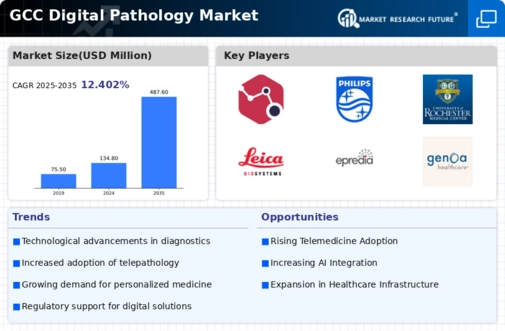
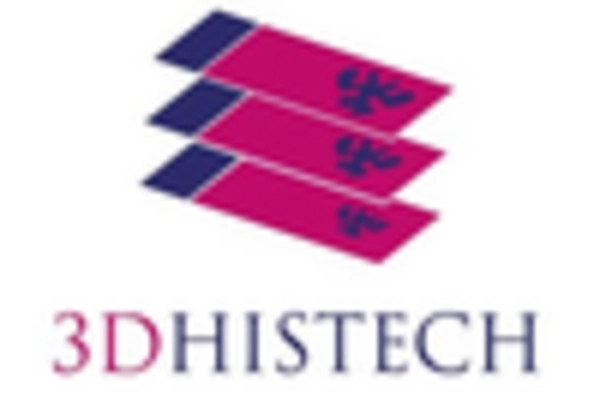
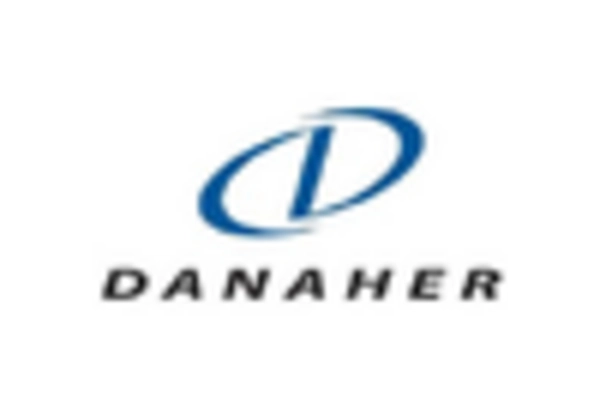
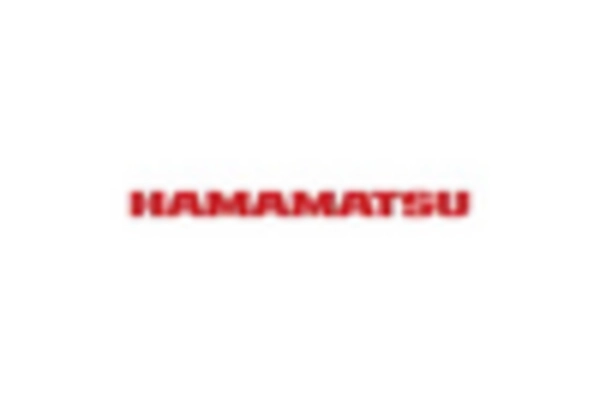
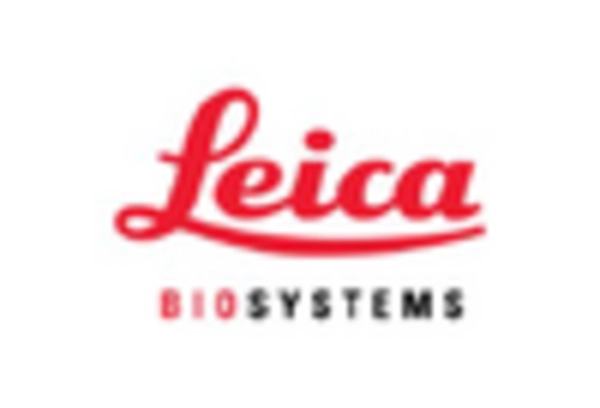










Leave a Comment